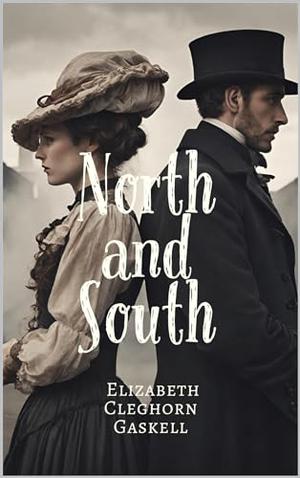Annotated ContentThis edition has been annotated with the following unique content.Historical ContextDetailed 19th Century Analysis
“But the future must be met, however stern and iron it be. ”North and South is a social novel published in 1855 by English author Elizabeth Gaskell. It is a
love story as well as a social commentary on the changing landscape of England during the
Industrial Revolution. Gaskell addresses issues such as labor disputes, class struggle, and the impact of industrialization on society. North and South is one of her best-known novels and was adapted for television in 1966, 1975 and 2004.
Sneak Peek“I value my own independence so highly that I can fancy no degradation greater than thatof having another man perpetually directing and advising and lecturingme, or even planning too closely in any way about my actions. He mightbe the wisest of men, or the most powerful--I should equally rebel andresent his interference...”
SynopsisMargaret Hale relocates from rural southern England to the industrialized north due to her father's decision. As Margaret navigates the stark contrasts between the two regions, she encounters the enigmatic mill owner, John Thornton. . Against this backdrop, Margaret and Thornton's relationship evolves, weaving together themes of class, morality, and the human spirit in a poignant narrative of societal transformation and personal growth. The novel delves into the complex relationships between workers and factory owners in
19th century England, depicting the struggles of the working class and the challenges of industrialization
A stunning reprint At Ombre Bookshelf Publications we take every step possible to ensure the original integrity of this book has been upheld to its highest standard. This means that the texts in this story are unedited and unchanged from the original authors publication, preserving its earliest form for your indulgence. This title at its core is classic literature, it contains words strung together with
romantic precision. Superb classic literature that you just do not see in the modern age.
Title DetailsOriginal 1855 TextClassic non-fiction

